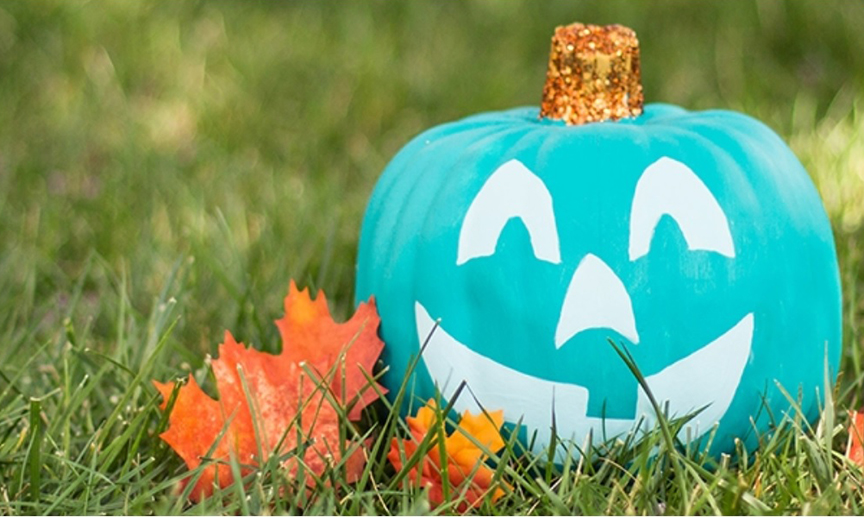First, sometimes parents worry too much about safety on Halloween. Parents are that way. They get frightened, for instance, by urban legends of strangers handing out poisoned candy.
But a study of newspapers going back to 1958 shows no evidence of that having happened. (There was a horrific instance in which a man poisoned his own child for life insurance money, but that one is in a category by itself.)
That said, any time you’ve got kids running around in the dark knocking on strangers’ doors, it makes sense to follow a few safety precautions. Here are some that make sense to us:
- Accompany children under 12 on their trick-or-treating rounds.
- Have your kids cross the street at corners, using traffic signals and crosswalks. Make sure they know to look left, right and left again when crossing, and keep looking as they cross.
- Put electronic devices down, keep heads up. Yes, this means you parents, too.
- Make sure kids walk, not run, from one house to the next — particularly when crossing the street.
- Teach children to make eye contact with drivers before crossing in front of them.
- Always walk on sidewalks or paths. If there are no sidewalks, walk facing traffic as far to the left as possible. Or just avoid the problem by having kids only trick-or-treat where there are sidewalks.
- A lot of extra cars will be creeping through the neighborhood as parents drive their kids in and out. Watch for cars that are turning or backing up. Teach children to never dart out into the street or cross between parked cars.
- Tell older kids, the ones you’re not supervising, to stick to familiar areas that are well lit, and travel in groups.
- Have kids carry glow sticks or flashlights to help them be seen by drivers.
- When selecting a costume, make sure it is the right size to prevent trips and falls.
- If you’re driving, slow down and be especially alert in residential neighborhoods. Children are excited on Halloween and may move in unpredictable ways. Turn your headlights on earlier in the day to spot children from greater distances. Be especially alert between 5:30 p.m. and 9:30 p.m.
- Swords, knives, and other costume accessories should be short, soft, and flexible.
- Make sure kids know never to enter homes unless they’re with a trusted adult, and never to accept rides from strangers.
And finally, while we just debunked the urban myth above, tell your kids not to eat any treats until they get home and you’ve had a chance to look them over. If nothing else, it’s a good way to protect them from eating junk you don’t want them to have.
Finally, we’re intrigued and pleased by a new movement to make the holiday safer for one particular group of kids: those with food allergies. If you see a porch pumpkin that’s about as far as you can get from the usual orange hue, it may mean that homeowner is a participant in the Teal Pumpkin Project, an effort by the Food Allergy Research & Education to raise awareness of food allergies, and to help kids who suffer from them have a little more fun on Halloween, without the threat of anaphylaxis.
Click here to learn more about this worthwhile project, and how to participate.



Comments are closed.